English
Greetings dear fellow Photography Lovers. Today I share with you a set of photographs taken at my parents' house.
And is that, when I go home or somewhere where the charm of nature prevails I like to take my phone and photograph the flowers, plants and even animals to which it is possible and, thus, record those beautiful details perceptible in nature.
Yesterday, arriving to visit my parents, I took the opportunity to observe the beautiful flowers in the garden and capture them through the lens of my phone. So, below, I share some of the images that I loved the most.
Orchid
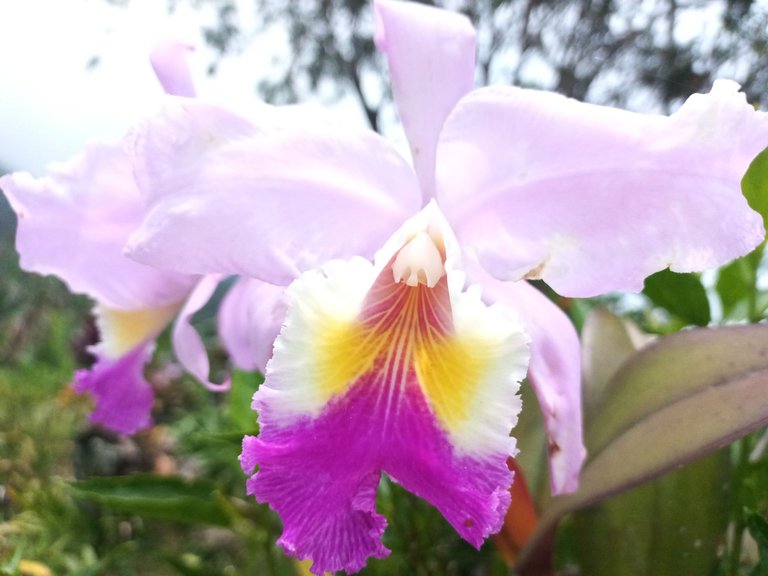
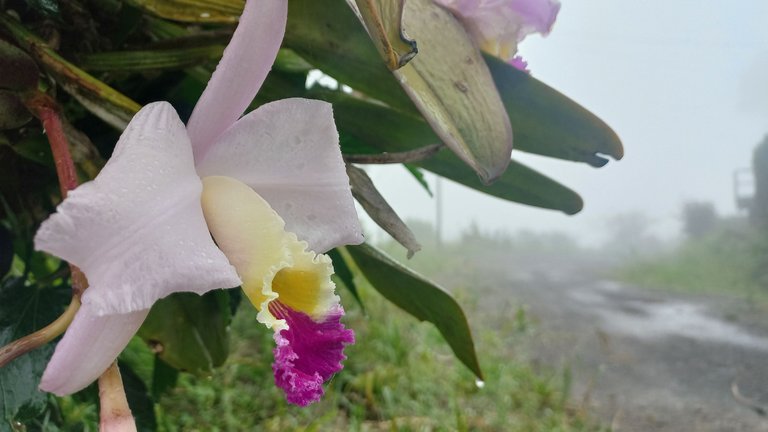
This stupendous flower, known as the Flor de Mayo, is the National Flower, one of the three natural symbols of Venezuela. It is a parasitic plant, that is, it grows attached to some kind of tree or under the necessary conditions for its development propitiated in trunks with substrate that is suitable for its growth. At home, some of the orchid plants are placed on a cayenne bush.
Begonia
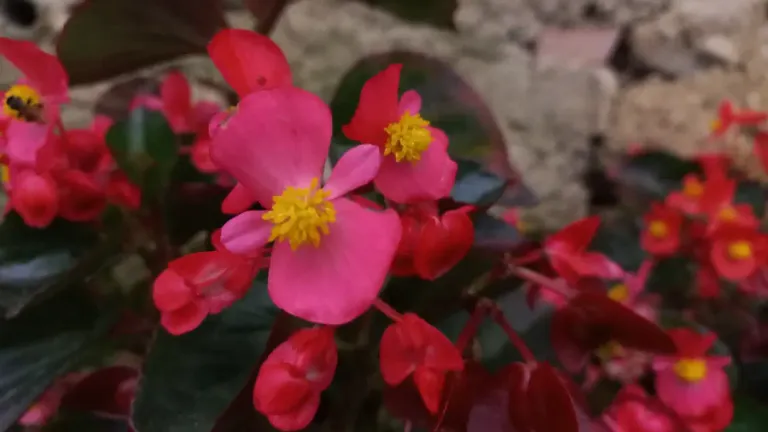
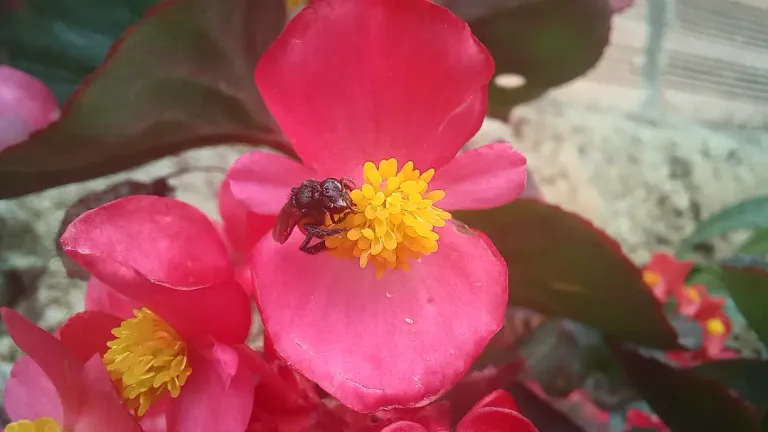
At home we know it as an almost wild type of Begonia that does not require special care and its reproduction in the garden is almost spontaneous. The plant usually grows about 20 centimeters. Its flowers are red (sometimes pink) with a yellow center that attracts pollinating insects such as bees.
According to information found on the Internet, its scientific name is Begonia x semperflorens-cultorum.
Clavellina
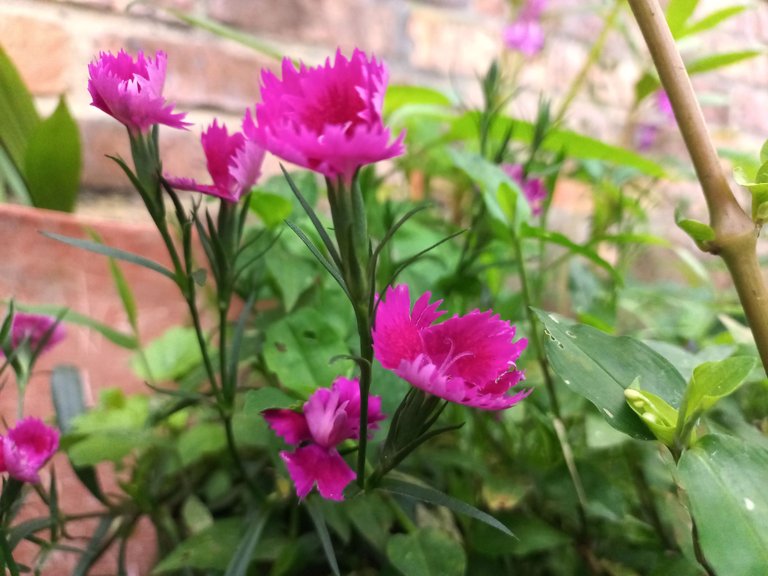
This little plant, new to my mom's garden, has pretty little fuchsia flowers. Although I am not sure of its name, I call it clavellina, as it is similar to another one I knew some time ago whose flowers were a bit more corpulent and in other shades.
Geraniums or bride and groom
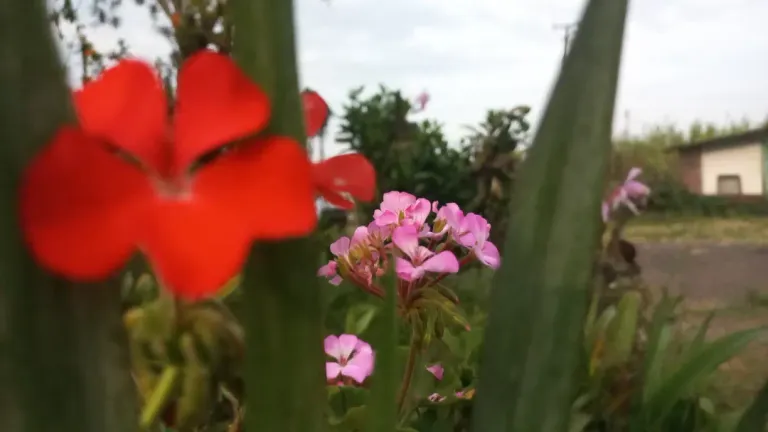
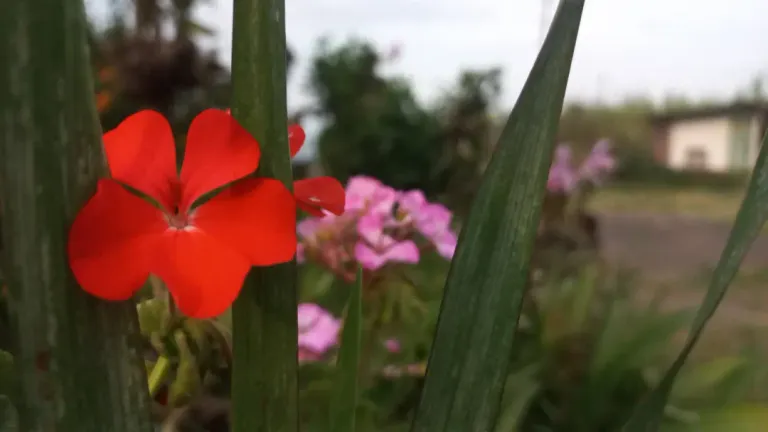
Both the pink and red flowers belong to two plants of the same species, which we commonly call bridegroom. According to internet information, its name is Geranium rosat.
Wild orchid

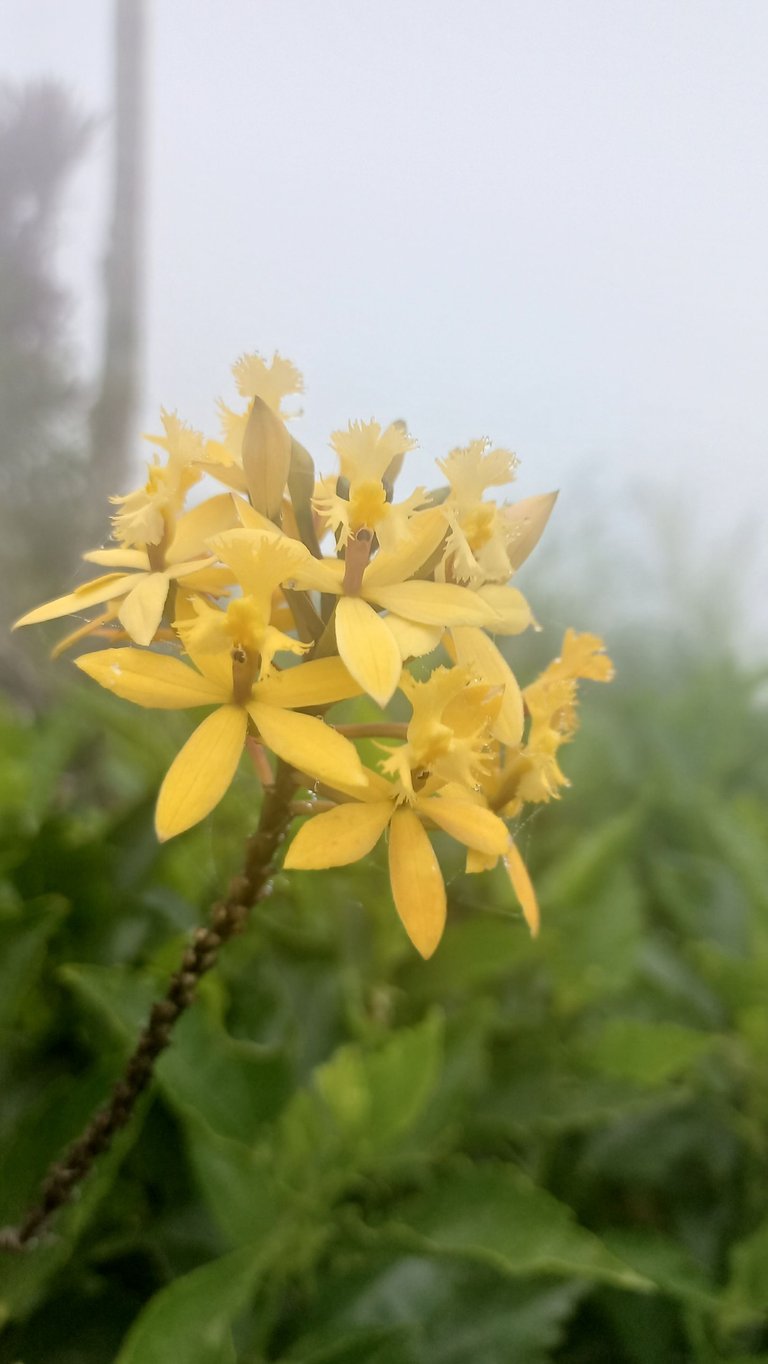
This plant usually grows in the surrounding mountainous area and, due to the splendor of its flowers, it has been domesticated in several places as an ornamental plant. It belongs to the genus Epidendrum. It is characterized by clusters of small flowers, usually red or yellow.
Marmalade bush
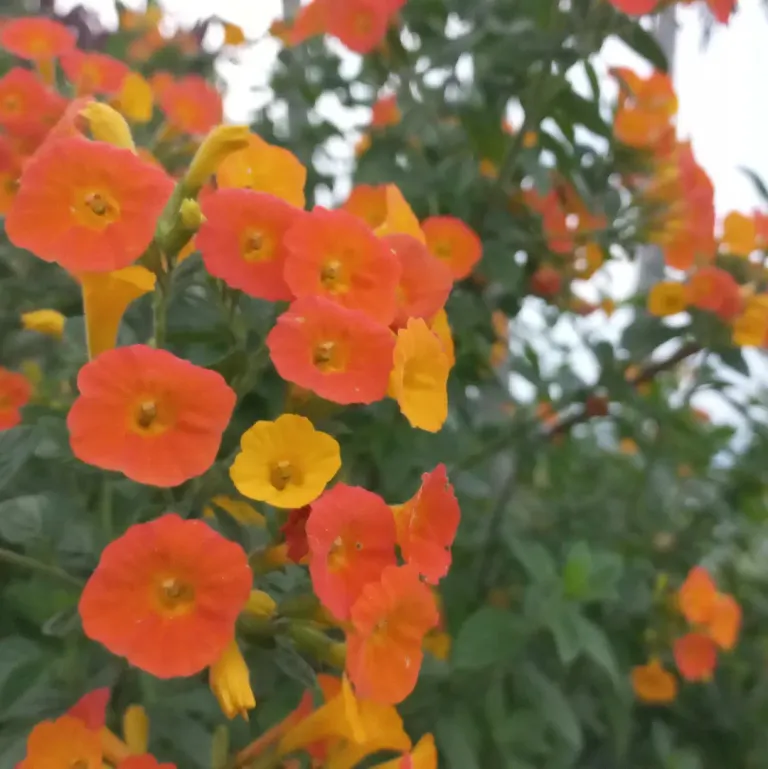
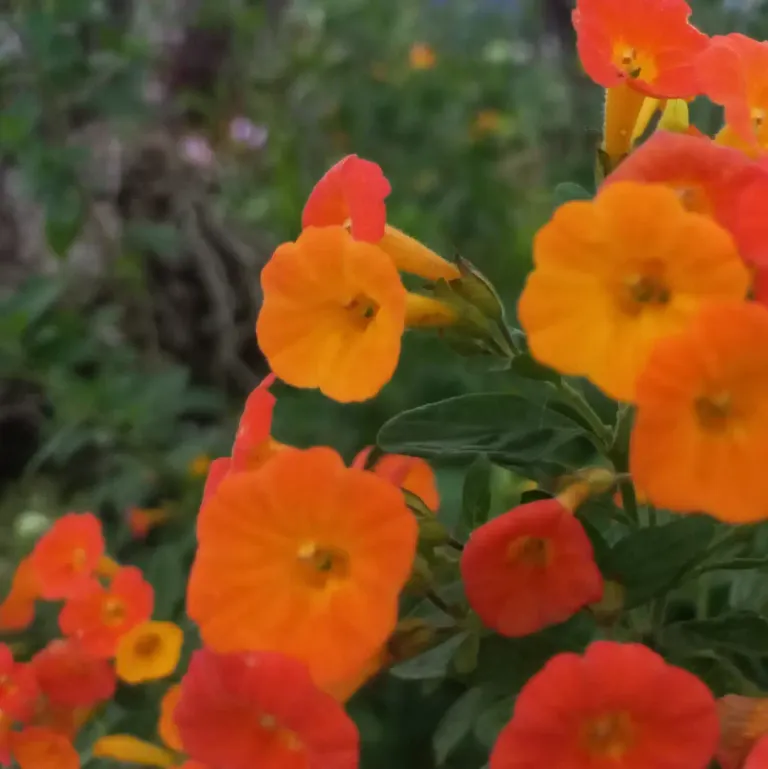
When I was a child I used to take flowers from this shrub and absorb the nectar they contain. I liked its sweet taste, however, I am unaware of the risks involved in consuming its nectar. Because of the warmth in the color of its flowers, it was difficult for me to get a sharp picture.
According to information found on the web, its scientific name is Streptosolen jamesonii.
It is said that its colors attract hummingbirds that come to extract nectar. And, indeed, at home I have seen those little birds flitting around the bush.
Lily Lily
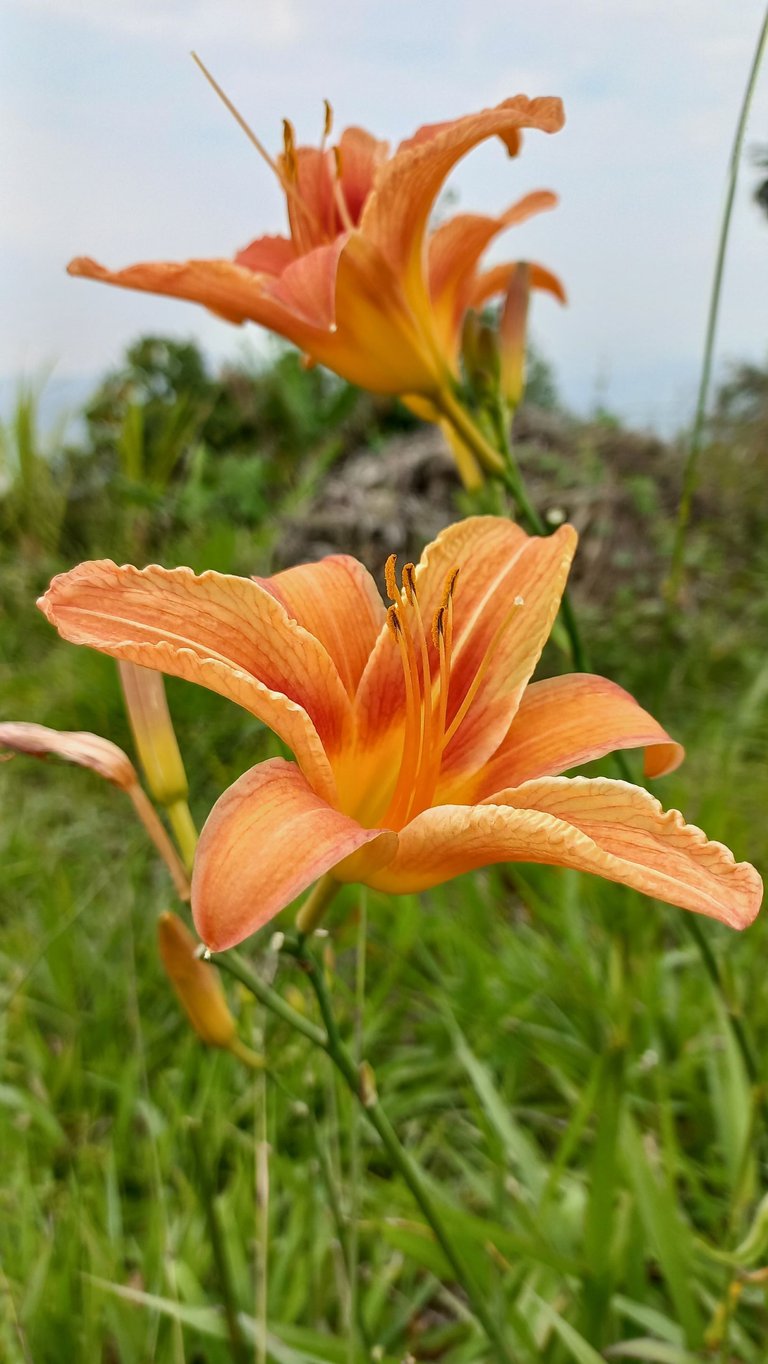
This lily grows in soil that is poorer in nutrients. That is, it is drier, more arid soil, as opposed to the moist garden at home. I find its flowers very beautiful and I was also struck by the unusual color.
Usually, lilies are red or white. But this one is striking because of its orange color.
Cayenne
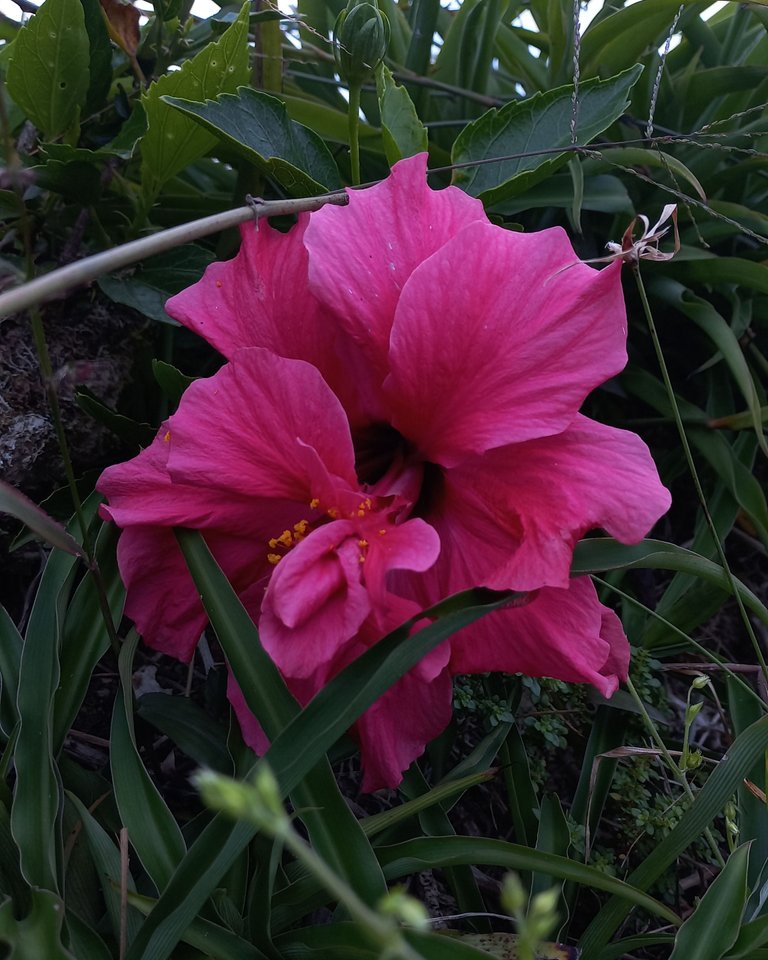
There are numerous types of cayenne, in various colors and sizes. However, on this occasion I decided to take this picture of a beautiful flower that decided to overcome adversity and show itself beautiful before the others. And is that, the bush was pruned almost at ground level some time ago and a shoot of his allowed to show its vibrant fuchsia color in contrast to the green of the undergrowth that surrounds it.
I hope this post has brought delight to all nature and garden lovers. I appreciate your reading and support. Fraternal greetings.
Español
Un saludo estimados compañeros Photography Lovers. Hoy les comparto un conjunto de fotografías realizadas en casa de mis padres.
Y es que, cuando voy a casa o a algún lugar donde prevalezca el encanto de la naturaleza me gusta tomar mi teléfono y fotografiar las flores, plantas e incluso animales a los que sea posible y, de esa manera, registrar esos bonitos detalles perceptibles en la naturaleza.
El día de ayer, llegando a visitar a mis padres, aproveché la posibilidad de observar las hermosas flores del jardin y poder captarlas a través del lente de mi teléfono. Así que, a continuación, comparto algunas de las imágenes que más me encantaron.
Orquídea


Esta estupenda flor, conocida como la Flor de Mayo, es la Flor Nacional, uno de los tres símbolos naturales de Venezuela. Es una planta parásita, es decir, que crecen pegadas a algún tipo de árbol o bajo las condiciones necesarias para su desarrollo propiciado en troncos con sustrato que resulte adecuado para su crecimiento. En casa, algunas de las plantas de orquídeas están colocadas sobre un arbusto de cayena.
Begonia


En casa la conocemos como un tipo de Begonia casi silvestre que no amerita cuidados especiales y su reproducción en el jardin se da de forma casi espontánea. La planta suele crecer alrededor de 20 centímetros. Sus flores son de color rojo (a veces rosa) con un centro amarillo que atrae a insectos polinizadores como las abejas.
Según información hallada en la Internet, su nombre científico es Begonia x semperflorens-cultorum.
Clavellina

Esta pequeña plantita, nueva en el jardín de mi mamá, posee unas pequeñas y bonitas flores de color fucsia. Aunque no tengo certeza de su nombre, le llamo clavellina, pues es similar a otra que conocí hace tiempo cuyas flores eran un poco más corpulentas y en otras tonalidades.
Geranios o novios


Ambas flores, tanto la de color rosado como la de color rojo pertenecen a dos plantas de la misma especie, la cual comúnmente llamamos novio. Según información de internet, su nombre es Geranium rosat.
Orquídea silvestre


Esta planta suele crecer en la zona montañosa aledaña y, debido al esplendor de sus flores, ha sido domesticada en diversos lugares como una planta ornamental. Pertenece al género Epidendrum. Se caracteriza por formar agrupaciones de pequeñas flores, generalmente rojas o amarillas.
Arbusto de la mermelada


Cuando era niña solía tomar flores de este arbusto y absorver el nectar que contienen. Su sabor dulce me gustaba, sin embargo, desconozco los riesgos que conlleva consumir su néctar. Por la calidez en el color de sus flores me resultó difícil lograr fotografía con alta nitidez. De acuerdo con información hallada en la web, su nombre científico es Streptosolen jamesonii.
Se dice que sus colores atraen a los colibríes que acuden a extraer el néctar. Y, de verdad, en casa he visto a esas pequeñas avecillas revolotear alrededor del arbusto.
Lirio Azucena

Este lirio crece en terreno más pobre en nutrientes. Es decir, es terreno más seco y árido, opuesto al del jardín húmedo de la casa. Sus flores me parecen muy hermosas y me llamó además la atención el color poco común.
Generalmente, los lirios suelen ser rojos o blancos. Pero este llama la atención por su color anaranjado.
Cayena

Hay numerosos tipos de cayenas, en variados colores y tamaños. Sin embargo, en esta ocasión decidí hacer esta fotografía de una bella flor que decidió vencer la adversidad y mostrarse hermosa ante las demás. Y es que, el arbusto fue podado casi a ras de suelo hace un tiempo y un retoño suyo permitió mostrar su vibrante color fucsia en contraste con el verde de la maleza que le rodea.
Espero que este post les haya aportado un deleite a todos los amantes de la naturaleza y de los jardines. Agradezco su lectura y apoyo. Un fraterno saludo.
Traducido al inglés con Deepl // Translated to English with Deepl
Fotografías: fuente propia // Photography: source own
Fotografías: propias // Photo: Snapseed own

